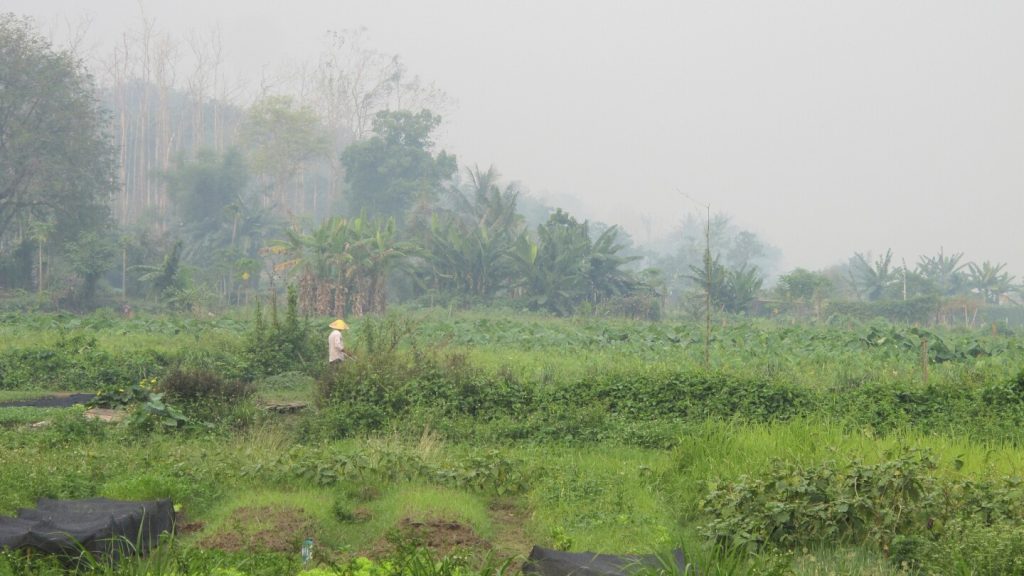The scenic city of Luang Prabang in Laos played host to senior finance and central bank officials from Southeast Asia and major economies as they gathered to discuss ways to help the region build resilience against shocks like the COVID-19 pandemic and natural disasters caused by climate change. The urgency for faster progress was heightened by the heavy smoke engulfing the city and surrounding region from fires set to clear forests for crops and record high temperatures. The air quality index was nearly 300, signaling very unhealthy conditions. The focus of the meetings included green finance, an ASEAN infrastructure fund, disaster risk financing and insurance, and the development of a “taxonomy” to identify projects supporting sustainability and climate change goals.
Southeast Asian countries, including the 10 member nations of ASEAN, are committed to finding more sustainable ways to feed their populations and power their economies. However, the challenge lies in securing the necessary funding to achieve these goals. As ASEAN nations pledge to reduce carbon emissions and combat climate change, they face significant vulnerabilities to extreme weather, drought, and rising sea levels. Investments in clean energy need to increase substantially, but finding the financing remains a major hurdle for these countries. Additionally, regional challenges such as human trafficking, illicit drug trade, and online scam centers further complicate their efforts towards sustainability.
Laos, a landlocked country with a population of about 7.5 million, is rich in hydroelectric power but has been facing economic challenges in recent years. The nation’s finances are strained by heavy debt burdens, a weakening currency, and inflation. Despite its potential in hydroelectric power, Laos struggles to move away from traditional practices like crop burning, which contribute to air pollution and environmental degradation. The government has set a goal to reduce the number of fires by 35% by 2025, aiming to address the issue of smog that often blankets the region. Regional cooperation, such as building electricity grids, is seen as a step towards improving the balance between energy supply and demand in the region.
While Laos looks to integrate itself into the wider regional economy with a focus on building regional electricity grids and infrastructure, the country is also grappling with its ties to China. Laos’ economy, among others in the region, has become increasingly interconnected with that of China, leading to significant debts that strain its resources. Amidst discussions at the meetings in Luang Prabang, senior officials from major international financial institutions and countries are working towards finding solutions to address these financial challenges. Notably, U.S. Treasury Secretary Janet Yellen is traveling to China this week to meet with American business leaders and Chinese officials, highlighting the ongoing rivalries for influence in the region.
The talks in Luang Prabang bring together key stakeholders from ASEAN nations, international financial institutions, and major economies to address pressing issues related to climate change, sustainable finance, and economic development in the region. The focus on green finance, disaster risk financing, and infrastructure development underscores the importance of collaboration and innovative solutions to build resilience against future shocks. With the region’s vulnerability to extreme weather events and the need for increased investments in clean energy, the discussions aim to pave the way for a more sustainable and prosperous future for Southeast Asia. The ongoing efforts to mobilize financing and address pressing challenges reflect a shared commitment to creating a more resilient and environmentally sustainable region for future generations.


